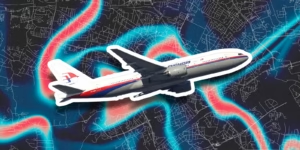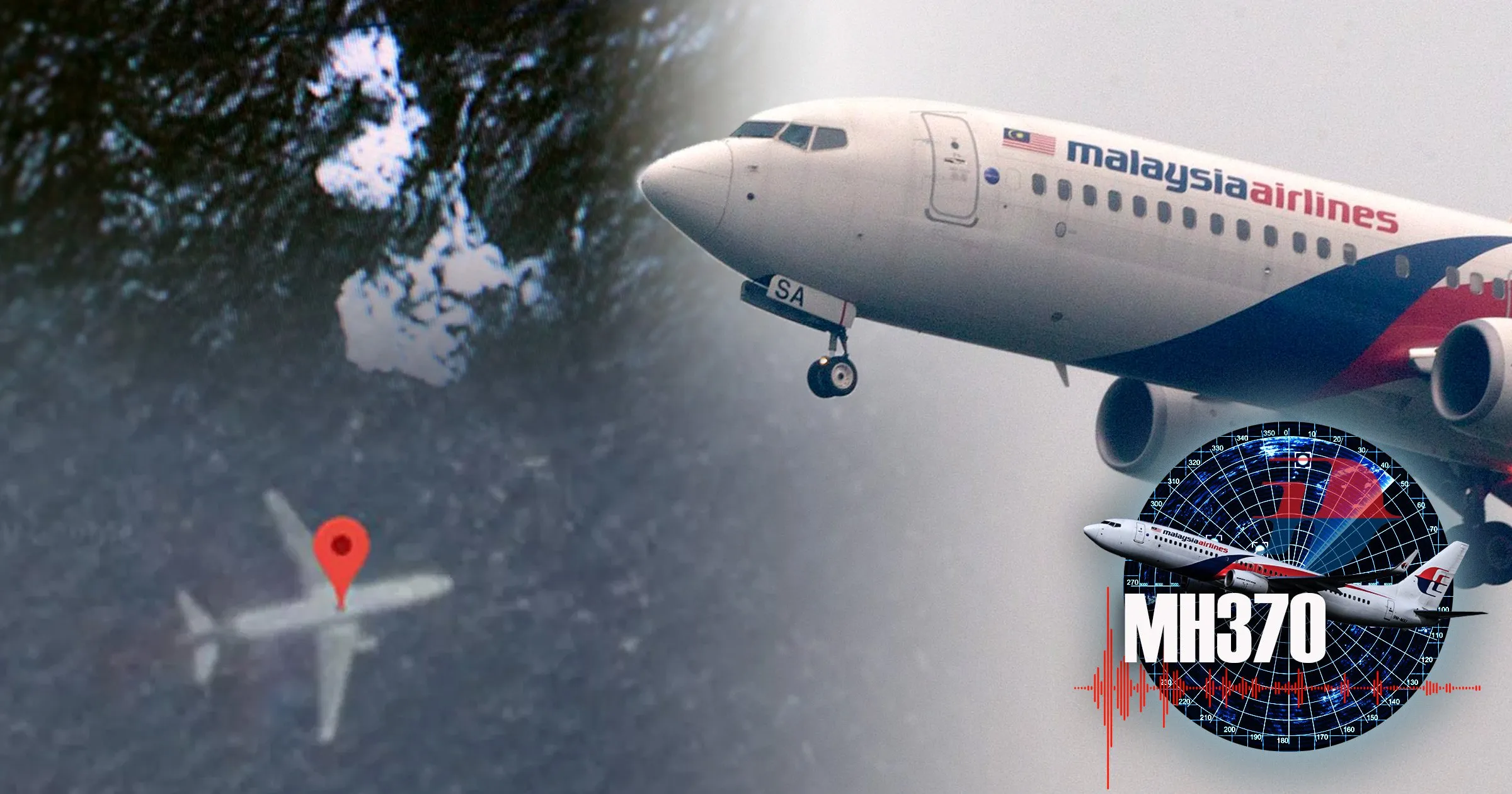Introduction to Malaysia Airlines Flight 370
malaysia airlines flight 370 google maps Malaysia Airlines Flight 370 (MH370) embarked on a routine journey from Kuala Lumpur International Airport to Beijing Capital International Airport on March 8, 2014. Onboard were 227 passengers and 12 crew members, all expecting a typical flight experience. After takeoff, the aircraft, a Boeing 777, was last detected by air traffic control at 1:19 AM, merely one hour into the flight. It disappeared from radar screens shortly thereafter under mysterious circumstances.
Initial investigations revealed that shortly after the last communication from the flight crew, the aircraft deviated from its planned flight path, embarking on an unexpected journey across the South China Sea. Subsequent analyses of satellite data indicated that MH370 continued to fly for several hours before disappearing, with its final known position believed to be in the Indian Ocean. This led to a complex and unprecedented search effort, believed to be one of the largest in aviation history.
The significance of Malaysia Airlines Flight 370’s disappearance extends beyond the immediate concerns regarding the lost aircraft and its passengers. It raised numerous questions about airline safety, air traffic management, and the technology used in aircraft tracking. In the years that followed, the mystery of MH370 has captivated public attention and led to a wide range of theories and speculations regarding its fate. While various investigative approaches have been adopted, including a focus on satellite data and methodologies using geographic information systems, tools like Google Maps have emerged as valuable resources in visualizing search areas and mapping potential flight trajectories.
This incident remains shrouded in mystery and continues to evolve in the context of ongoing investigations and technological advancements. The remarkable story of Malaysia Airlines Flight 370 serves as a poignant reminder of the vulnerabilities faced in modern aviation, and the importance of transparency and innovation in safeguarding air travel. As we explore the unfolding narrative, it is essential to consider how mapping technologies like Google Maps play a critical role in unraveling this enigma.
The Role of Technology in the Search Efforts
The search for Malaysia Airlines Flight 370 (MH370) has underscored the significant role that technology plays in modern aviation safety and accident investigation. From the outset of the disappearance in March 2014, various technological advancements, including satellite imagery and sophisticated algorithms, have been employed to facilitate the search efforts. One of the most notable applications has been the use of Google Maps and similar mapping tools, which have enabled researchers to analyze potential crash sites and delineate search areas more effectively.
Satellite technology was instrumental in the initial analysis of flight paths. The Inmarsat satellite data allowed investigators to determine the flight’s last known position based on hourly “ping” signals. This intelligence led to the identification of multiple potential debris fields in the Indian Ocean, guiding search efforts on a massive scale. However, pinpointing the exact locations became a formidable challenge, which is where Google Maps came into play. By integrating satellite imagery with ground-based mapping technologies, researchers were able to visualize and delineate the specific regions in the ocean more systematically.
Moreover, advanced search algorithms capable of simulating various flight trajectories based on the available data optimized search patterns in the expansive sea. Case studies highlighting the application of these technologies reveal instances where analysis derived from Google Maps influenced real-time search strategies. For example, the combination of satellite data, Google Imaging, and geographical features led to targeted searches in previously overlooked areas. The collaboration between technology and human analysts demonstrates how data analysis not only enhances understanding but also improves the effectiveness of search and recovery missions.
Ultimately, the efforts to locate Malaysia Airlines Flight 370 exemplify the intersection of innovation and urgency, showcasing how technology can create a nuanced understanding of tragic events and potentially inform future aviation safety practices.

User Contributions and Crowdsourced Mapping
The search for Malaysia Airlines Flight 370 has highlighted the significant role of civilian participation in mapping efforts, showcasing how crowdsourced mapping can contribute valuable insights. Following the disappearance of the flight in March 2014, numerous mapping platforms have emerged, encouraging users worldwide to contribute to search efforts. Websites such as OpenStreetMap and other collaborative platforms provided a space for individuals to record their observations and insights. These user-driven initiatives combined a wealth of local knowledge and digital tools, facilitating the gathering of data that may otherwise have been overlooked.
Community engagement in the investigation of Flight 370 has been pivotal. By utilizing high-resolution satellite imagery accessible through Google Maps, volunteers have diligently scoured vast areas of the ocean, analyzing the landscape for potential debris. The open-source nature of these mapping initiatives allowed inexperienced users and experts alike to come together, collaboratively deciphering existing maps and aggregating aerial imagery. This democratization of data representation enhanced the search parameters beyond what official channels often employ, creating a comprehensive search landscape.
These grassroots efforts not only underpinned the investigation of Flight 370 but also highlighted the potential for enhanced safety in future aviation operations. As amateur cartographers engaged directly in the search, they often identified previously unrecognized search areas, bringing fresh perspectives to the broader dialogue on flight safety. As a result, the collective mapping efforts have inspired a global discourse on the importance of technology and community involvement in aeronautics. In the quest for understanding Malaysia Airlines Flight 370, the proactive contributions of ordinary citizens have illustrated how crowdsourced mapping holds the potential to reshape our approach to future aerospace challenges, blending technology with human insight.
Conclusion: What We Can Learn from the Search for Flight 370
The disappearance of Malaysia Airlines Flight 370 remains one of the most profound mysteries in aviation history. The extensive search efforts have shed light on various aspects of aviation technology, communication, and safety protocols. As we reflect on the search conducted largely using advanced technology, including applications of Google Maps, it is evident that these tools played a critical role in the quest to uncover the fate of the missing aircraft.
One of the primary lessons gleaned from this tragedy is the urgent need for improvements in the tracking of commercial flights. The limited tracking capabilities of the time have prompted discussions on the necessity for real-time monitoring systems. Currently, many airlines are reevaluating their policies and investing in more sophisticated technologies that enhance the reliability of aviation data transmission. The integration of satellite communication systems is one potential advancement that could better inform rescue efforts in the wake of future incidents.
malaysia airlines flight 370 google maps Additionally, the case of Flight 370 underscores the importance of fostering international cooperation in aviation safety. The collaborative effort required to search a vast area of ocean reinforces the idea that countries must work together in ensuring the safety of air travel. Enhanced communication systems might not only aid in the recovery of flight data but can also improve the sharing of critical information among nations during emergencies.
Moving forward, it is imperative to consider how the lessons learned from the Malaysia Airlines Flight 370 incident can lead to innovation in safety measures and technology. We now face a pivotal moment to ask ourselves: How can we leverage advancements in aviation technology to mitigate risks? What steps can be taken to ensure that future tragedies do not result in similar enigmatic disappearances? The answers to these questions will significantly shape the future of air travel safety and tracking capabilities.
